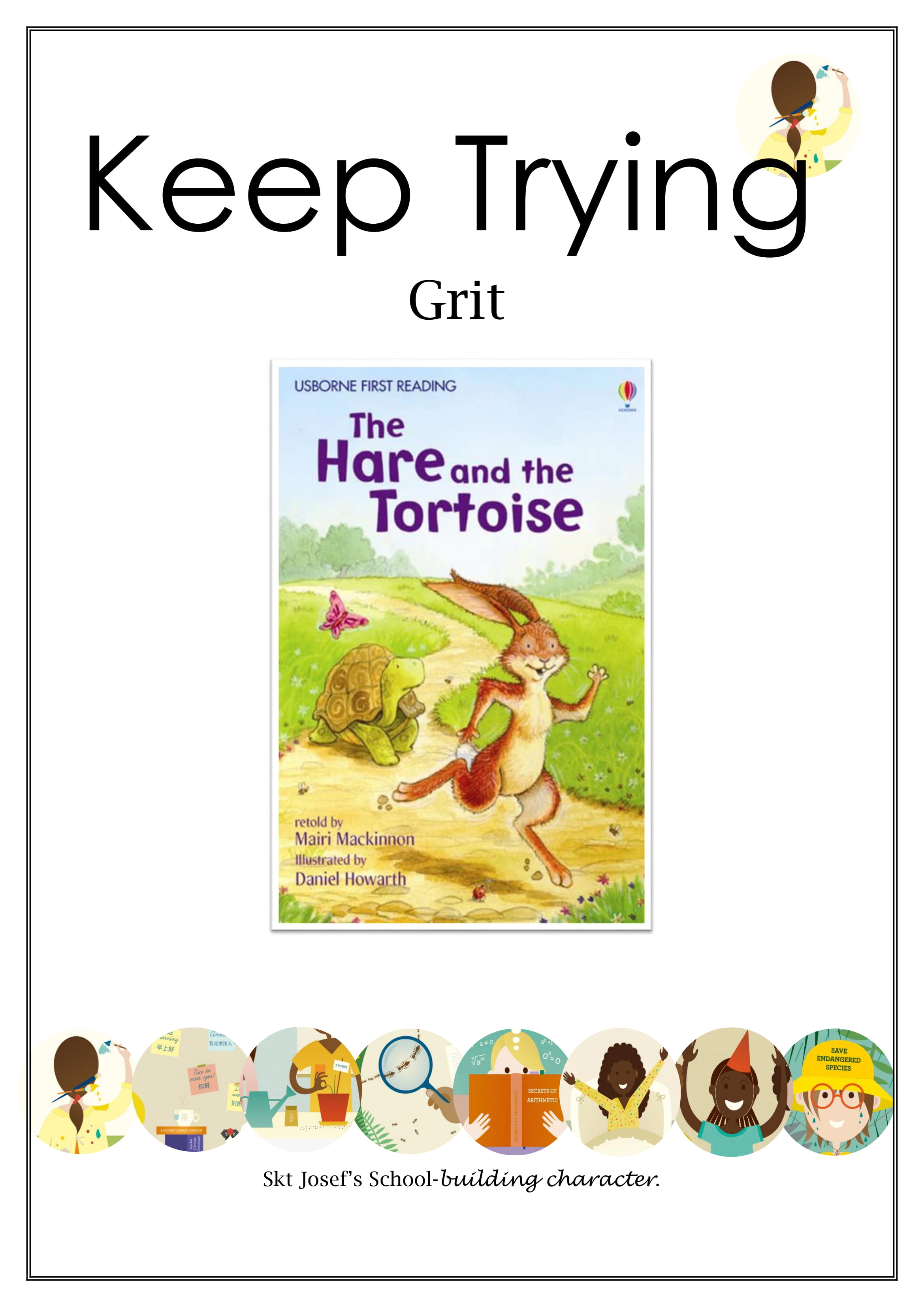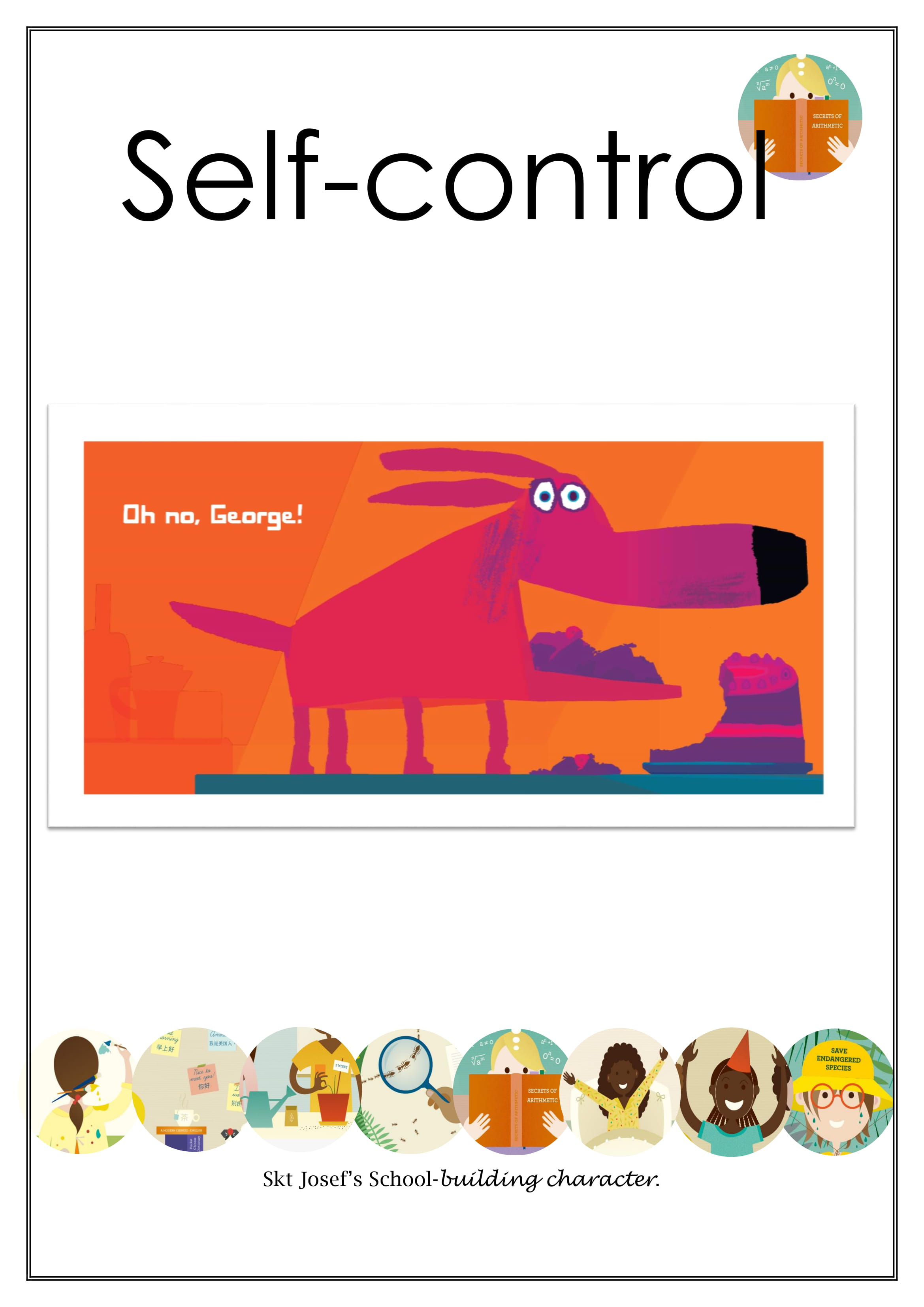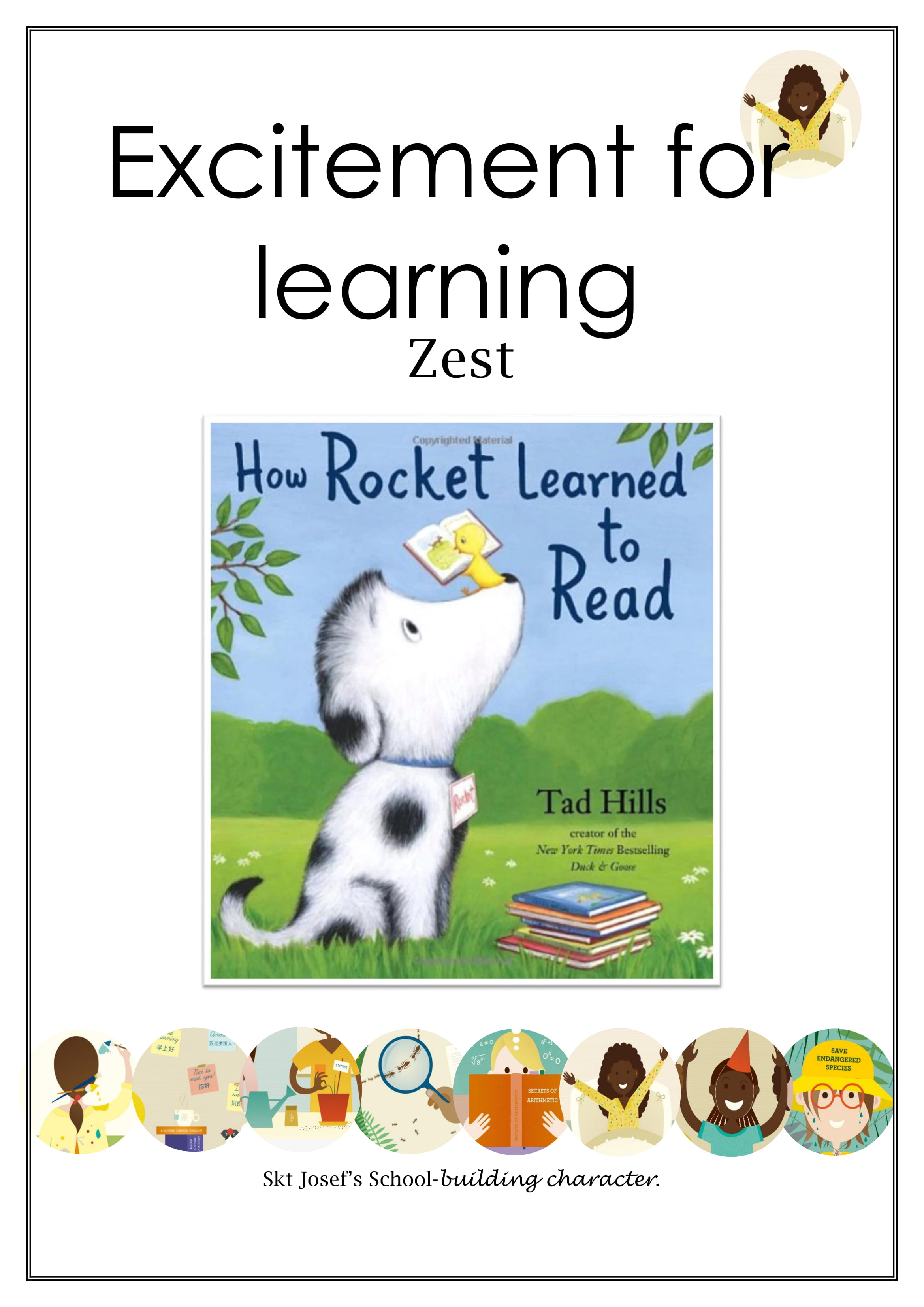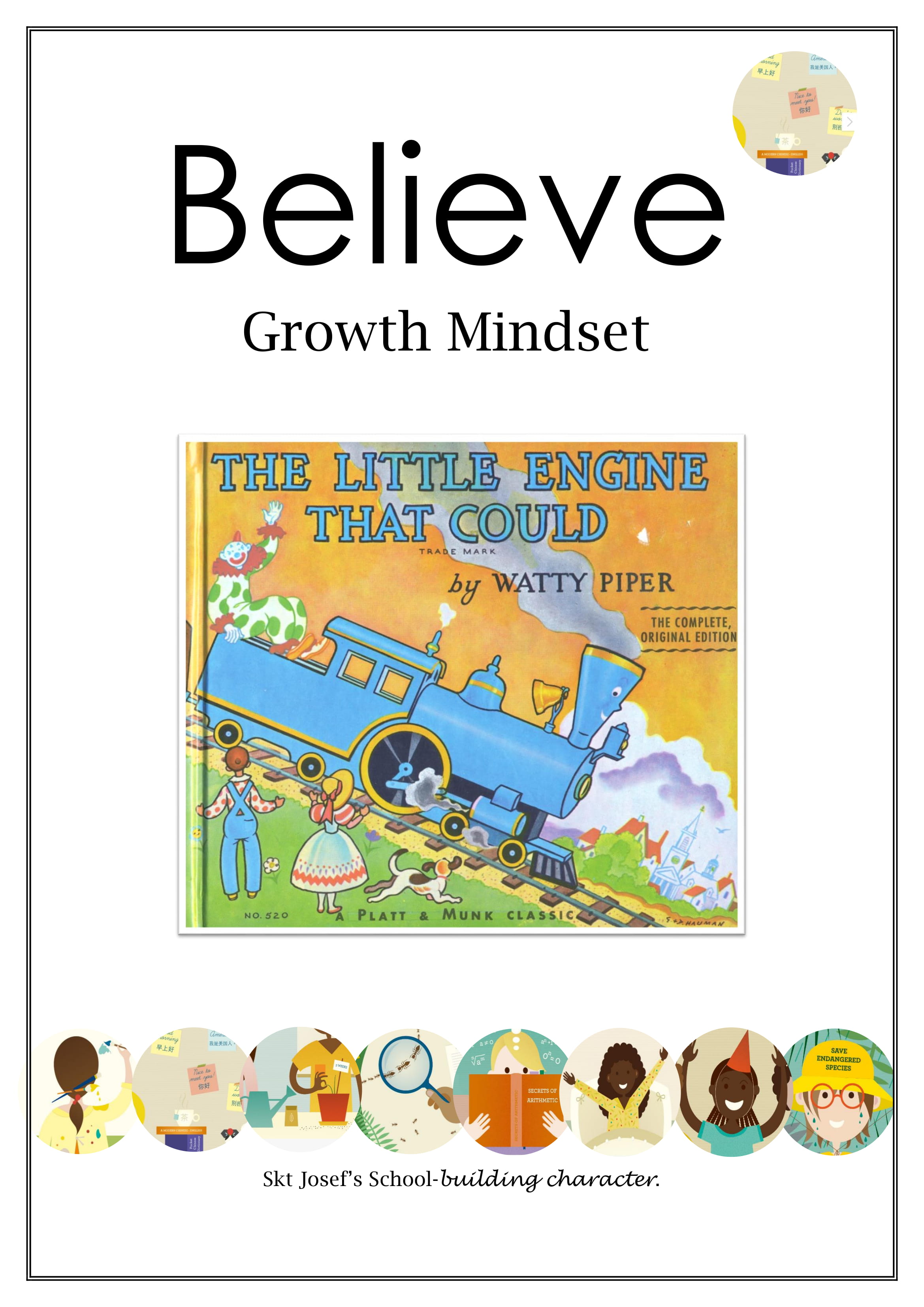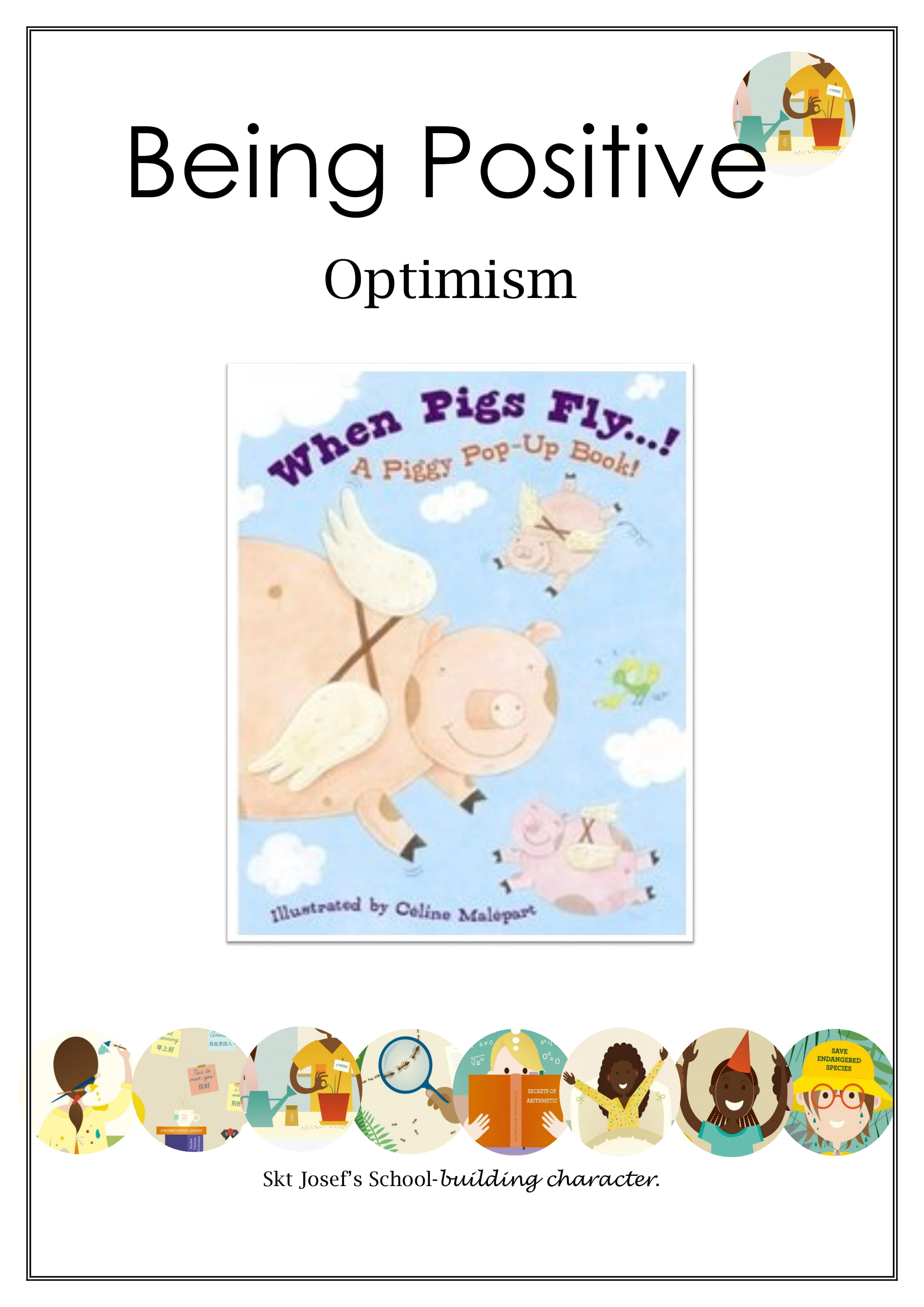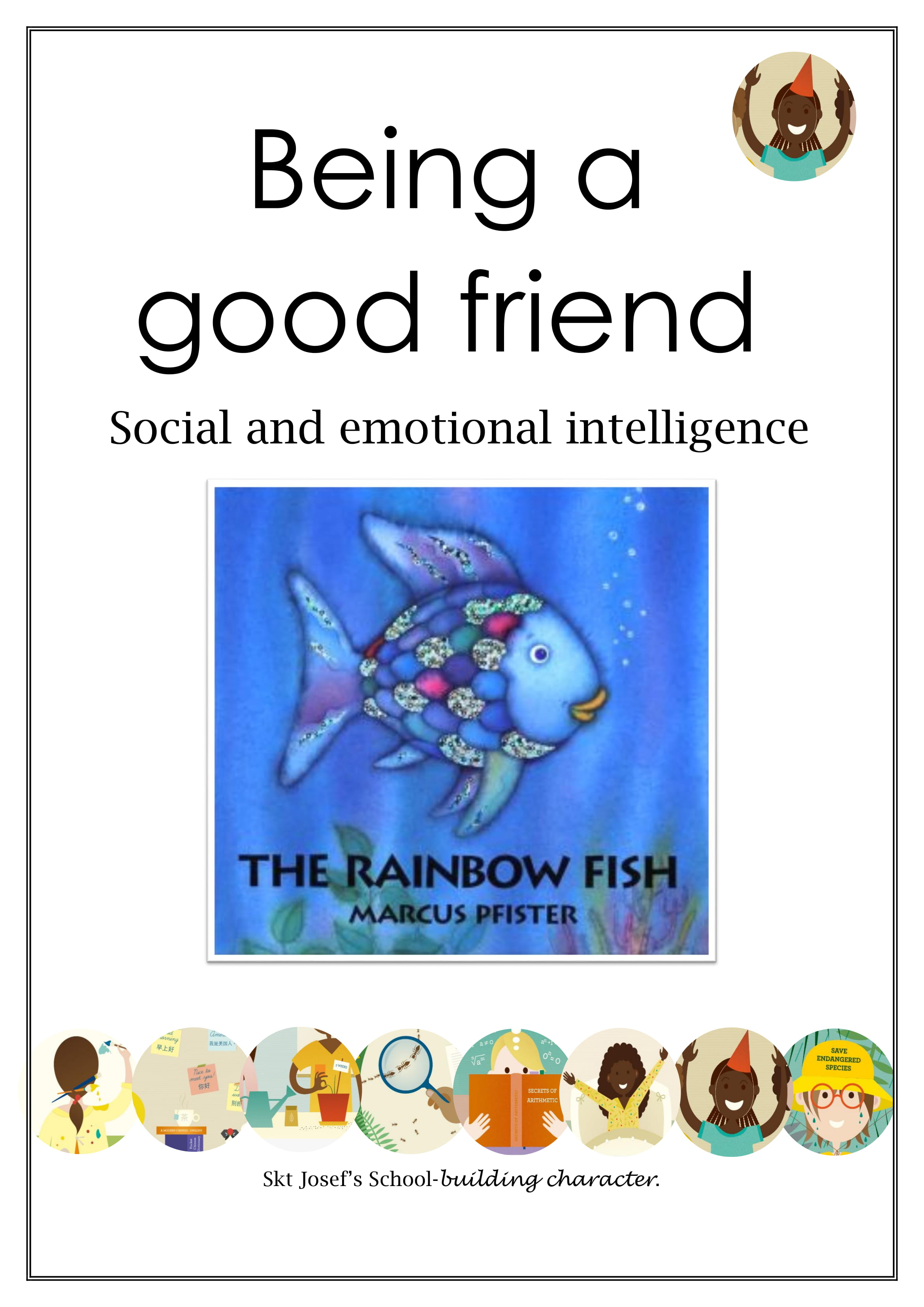Skt. Josef’s International Department has been developing ways for students and teachers to better relate to our school values. One approach has been with the introduction of ‘character’.
The character-values or character-traits are a specific set of skills for students to use, focus on, work towards or master in order to become better learners and citizens.
The overarching values of a school can be rather idealistic and abstract, whereas the character-traits are actual tangible actions and behaviours a student can practice and demonstrate.
Skt. Josef’s character-values are our way of shaping learners for the future. There is an infinite amount of knowledge out there; one can not learn it all. Students need to learn how to learn and we believe that students that can develop these skills will be the most successful learners. Thanks to CharacterLab.org for the following definitions.
Grit
Grit is perseverance and passion for long-term goals.
Studies show that kids who demonstrate grit persist at hard tasks and outperform their competitors. Grit is a critical strength of most people who are successful. It is especially complex because it is related to other skills and mindsets such as optimism. There are a lot of misconceptions about grit. Grit is much more than just encouraging kids to “try harder” or not give up—it’s also about helping kids find their passion and sticking to the things to which you are truly dedicated.
Observing Grit
Grit is a combination of passion and persistence. Demonstrating grit could involve:
Finishing what you begin
Staying committed to your goals
Working hard even after experiencing failure or when you feel like quitting
Sticking with a project or activity for more than a few weeks
Growth Mindset
Having a growth mindset means understanding that intelligence can be developed.
A growth mindset is a belief that we can get smarter through hard work and practice. This means that struggling with something difficult doesn’t mean you’re not smart—it’s a chance to grow your intelligence. Growth mindset also involves the acknowledgement that whilst we are not always able to do everything, it does not mean that we never be able to. By showing the character growth mindset, one can recognise the hard work and effort that is required to achieve specific goals.
Growth mindset is a popular notion in the field of education right now, but it’s commonly misunderstood. It might seem like growth mindset implies that everyone has exactly the same potential in every domain, but that’s not quite true. Instead, growth mindset means everyone’s intellectual ability can always be further developed. Growth mindset is not about telling your students to never give up. A benefit of growth mindset is that it helps you stay motivated to stick it out when things are difficult, but telling students not to quit won't do that alone. You have to (truthfully!) convince kids that their efforts will result in increased ability (because ability can grow!) and remind them that they're learning when something is hard for them to do.
Observing Growth Mindset
Having a growth mindset could involve:
Taking on new challenges with optimism
Being able to talk about what you learned
Optimism
Optimism is being hopeful about future outcomes combined with the agency to shape that future.
Being optimistic doesn't mean you don't get upset when bad things happen—it's normal to get upset! But the optimist recognizes that most bad things are temporary and looks for opportunities to change circumstances for the better through new efforts or strategies.
This isn’t your traditional “glass half full” optimism (which some might call blind positivity) because optimistic people seek to directly connect their own power and actions to the future they want. For example, after getting a bad grade on an exam, an optimistic student believes that studying harder or differently will earn her a better grade on the next one. Another critical part of optimism is not “catastrophizing” a situation. For example, when a friend doesn't want to play that day, the optimistic kid imagines that his friend is having a bad day, not that no one wants to be his friend.
Observing Optimism
Demonstrating optimism could involve:
Believing that effort will improve your future
When bad things happen, thinking about what you could do to avoid similar bad outcomes in the future
Staying motivated, even when things don’t go well
Zest
Zest—also referred to as vitality—is an approach to life that is filled with excitement and energy.
When people hear the word “zest,” they may first think of lemons. In psychology, zest and vitality are a combination of the physical sense and the psychological sense of feeling well. Zest is about exhibiting enthusiasm and feeling energized. But zest doesn’t need to be loud—the quiet, introverted artist can approach her latest project with zest, even if she is alone in her studio.
Most kids have enthusiasm for something. In school, we can work to find what that something is and be sure not to extinguish it as kids get older.
Observing Zest
Zest may look like extroversion, but anyone can exhibit the behaviors of zest, regardless of their normal tendency to be introverted or extroverted. Exhibiting zest could involve:
Actively participating by asking questions or listening closely
Showing enthusiasm through smiles or excited comments
Approaching new situations with excitement and energy
Invigorating others around you or activity for more than a few weeks
Self-Control
Self-control is controlling one's own responses so they align with short- and long-term goals.
Self-control is about harnessing your energy toward a particular end goal. Another name for it is self-discipline—it is not the same as obedience or following rules.
Two important types of self-control for students are work self-control and interpersonal self-control. Having work self-control allows you to stick with your long-term goals and stay focused on a task that may be difficult or even boring. (This is the sort of self-control that also helps you stick to an exercise plan or make healthy eating choices in the face of temptation.) Interpersonal self-control allows you to maintain your temper, hold back from interrupting, and respond to others in ways that are socially appropriate.
Someone displaying self-control can delay a short-term temptation to play games on her phone if it interferes with her long-term aspiration to do her homework each night. Someone with high self-control who aims to run a marathon will not press the alarm clock’s snooze button on the morning he scheduled a training run. In this way, self-control is linked to grit, growth mindset, and optimism.
Observing Self-Control
Having self-control could involve:
Coming to the office or class with everything needed to get to work rather than being unprepared
Remembering and following directions rather than needing to be reminded
Getting to work right away rather than procrastinating
Paying attention rather than getting distracted
Interpersonally, demonstrating self-control could involve:
Remaining calm, even when criticized or otherwise provoked, rather than losing your temper
Allowing others to speak rather than interrupting
Being polite to all, even when stressed or angry
Curiosity
Curiosity is a strong desire to learn or know something—a search for information for its own sake.
It’s also about leaving your mind open to possibilities and being honest about what you do and don’t know. Curiosity is about exploration—there’s a reason that one of NASA’s Mars rovers is named for this strength. Curiosity is an important aspect of learning because it is a source of motivation.
Most kids are naturally curious. In schools, we can create environments where curiosity is cultivated, supported, and encouraged. Curiosity arises when kids believe there is new information to acquire and that it will be feasible to learn that information.
Observing Curiosity
Expressing curiosity could involve:
Eagerly exploring new things
Asking questions that deepen understanding
Taking an active interest in learning
Purpose
Having a purpose means being driven by something larger than yourself.
Having a purpose is being oriented toward a vision of the future. Perhaps it’s a big goal you have for your future, a motivation to help the world around you, or both. The goal or purpose itself can be general, and it can be relatively temporary. When kids are motivated by a larger purpose, studies show that they have more academic motivation, life satisfaction, identity formation, and vocational success.
Observing Purpose
Having a purpose could involve:
Being oriented toward a stated future goal
Being able to articulate an interest and the “why” behind the interest
Gratitude
Gratitude is the appreciation for the benefits we receive from others, and the desire to reciprocate.
Those who demonstrate gratitude—and those who don’t—see life differently. Individuals demonstrating gratitude tend to emphasize language related to gifts, givers, blessings, blessed, fortune, fortunate, and abundance. Individuals who don’t demonstrate gratitude, on the other hand, tend to focus on deprivation, deservingness, regrets, lack, need, scarcity, and loss. For instance, a grateful person might say, “I get to go to class today,” whereas an ungrateful person might say, “Why do I have to learn all this useless stuff?”
Observing Gratitude
Feeling or demonstrating gratitude could involve:
Recognizing what other people do for you
Showing appreciation for opportunities
Expressing appreciation by saying thank you or doing nice things for people
Social/Emotional Intelligence
Social/Emotional intelligence is understanding feelings and using them to inform actions.
Social and emotional intelligence both refer to the ability to understand your own and others’ feelings and emotions and then to use this understanding to inform your decisions and actions. Socially/emotionally intelligent people solve interpersonal problems quickly by understanding what is upsetting others and being empathetic to these concerns. They tend to recognize when they've said something that made someone uncomfortable and know what makes others "tick.” Socially/emotionally intelligent people are able to thrive in many different relationships and settings because they quickly learn the social rules.
Observing Social/Emotional Intelligence
It’s important to recognize that social intelligence is different from just “getting along” with others or following rules. Put a different way: a child who acts out or doesn’t get along with others doesn’t necessarily have a challenge with social intelligence—a myriad of other challenges could be at play. That said, socially intelligent behaviors are also the ones that a teacher might prize in a peaceful classroom.
Being socially intelligent could involve:
Finding solutions during conflicts with others
Demonstrating respect for the feelings of others
Adapting to different social situations
In our younger classes, more age appropriate language will be used and the skill will be attached to a familiar children story.











